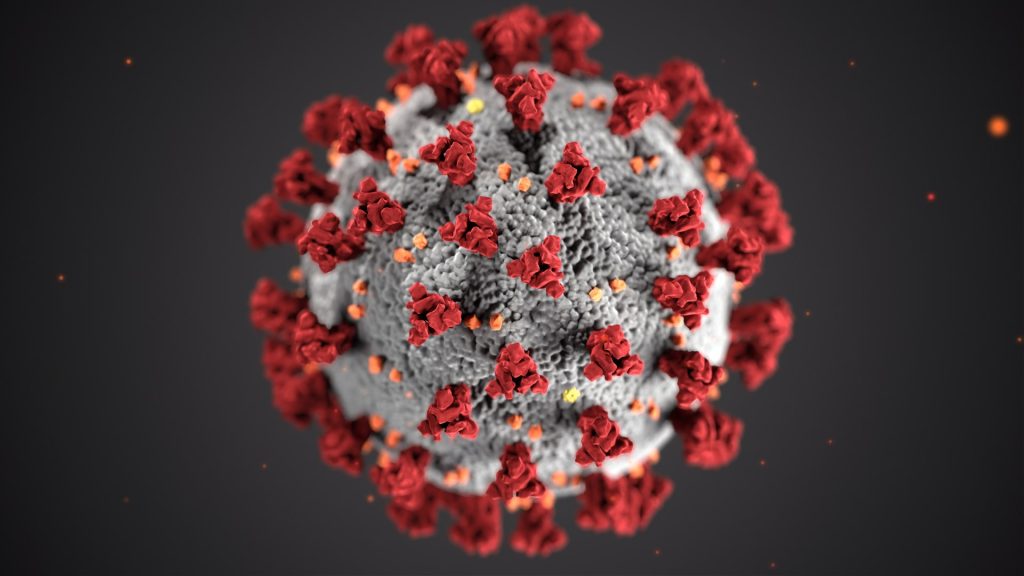
A comprehensive review of what is so far known about the coronavirus its functions suggests the virus has a unique infectious profile, explaining why COVID is so difficult to treat and often leaves survivors with debilitating ‘long COVID’ symptoms.
In a review recently published in The Lancet Respiratory Medicine, the authors review what is currently known about COVID, and find that it works differently to most pathogens.
Evidence increasingly points to the virus infecting both the upper and lower respiratory tracts. In contrast, ‘low pathogenic’ human coronavirus sub-species typically settle in the upper respiratory tract, causing cold-like symptoms, while ‘high pathogenic’ viruses, such as those that cause SARS and ARDS, typically settle in the lower respiratory tract.
Additionally, COVID has evolved a uniquely challenging set of characteristics as evidenced by more frequent multi-organ impacts, blood clots, and an unusual immune-inflammatory response not commonly associated with other similar viruses.
While animal and experimental models imply an overly aggressive immune-inflammation response is a key driver, it seems things work differently in humans: Although inflammation is a factor, it is a unique dysregulation of the immune response that causes our bodies to mismanage the way they fight the virus.
This could explain the ‘long COVID’ phenomenon that some people experience after infection, struggling with significant health issues months after infection. Long COVID is characterised by symptoms of fatigue, headache, difficulty breathing and loss of sense of smell. It is more likely with increasing age, body mass index and female sex
“The emergence of severe acute respiratory syndrome coronavirus two (SARS-CoV-2), which causes COVID-19, has resulted in a health crisis not witnessed since the 1918 Spanish flu pandemic. Tragically, millions around the world have died already,” said co-author Ignacio Martin-Loeches, Clinical Professor in Trinity College Dublin’s School of Medicine, and Consultant in Intensive Care Medicine at St James’s Hospital.
“Despite international focus on the virus, we are only just beginning to understand its intricacies. Based on growing evidence we propose that COVID-19 should be perceived as a new entity with a previously unknown infectious profile. It has its own characteristics and distinct pathophysiology and we need to be aware of this when treating people.
“That doesn’t mean we should abandon existing best-practice treatments that are based on our knowledge of other human coronaviruses, but an unbiased, gradual assembly of the key COVID-19 puzzle pieces for different patient cohorts—based on sex, age, ethnicity, pre-existing comorbidities—is what is needed to modify the existing treatment guidelines, subsequently providing the most adequate care to COVID-19 patients.”
Source: Medical Xpress
Journal information: Marcin F Osuchowski et al, The COVID-19 puzzle: deciphering pathophysiology and phenotypes of a new disease entity, The Lancet Respiratory Medicine (2021). DOI: 10.1016/S2213-2600(21)00218-6

